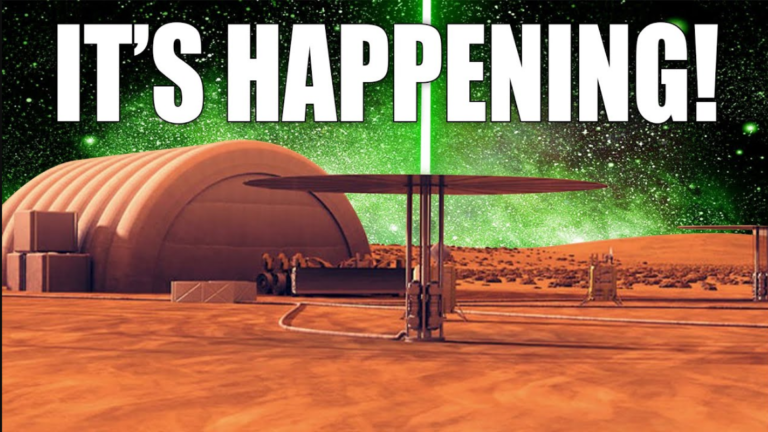Nasa’s INSANE PLAN To Put A Nuclear Reactor On The Moon!
Our moon is the nearest space object to us and for this reason, it has been a main and first concern of the astronomers. Many probes were sent to the artificial satellite for research and in search of life but it was first visited in person in 1972. It only takes 3 days to travel to it still it’s been decades since human beings first set foot on the lunar surface. The manly missions ended but not the curiosity.
NASA has planned to go back to the lunar environment with a goal to ultimately establish a long-term human presence on the Moon. Why after all these years NASA is planning to go back and for a long time? What is the reason behind it? And the most important of all, how are they going to survive such a long time there without any constant amount of energy source?
We find out all about NASA’s plan on the moon and what big things are going to happen up there.
Have you recently watched the Netflix hit, The Silent Sea, where there was a big space station on the moon? Well, something like that is soon going to be on the moon actually.
Space has always been a subject of curiosity for the scientists. Many manned and unmanned missions have been conducted to find more and more about this universe. However, to date, nothing has been built as a space station on any planet or even on the moon.
The National Aeronautics and Space Administration NASA is aiming to create a sustainable human presence on the moon by the end of the decade. All of this is part of NASA’s Artemis program. It is a NASA-led space mission that aims to put the first female astronaut and the next male astronaut on the Moon’s South Pole by the year 2024. It is the first crewed Moon mission for the US space agency since Apollo 17 in 1972.
The Artemis space missions are dedicated to lunar exploration, but that’s not it. NASA’s long-term objectives are even more ambitious. NASA plans to launch a future crewed trip to Mars using the capabilities, technology, and research developed during the Artemis space flights and landings.
This will take quite some time, and in order to live and work on the Moon, astronauts will require a lot of power, which is not available on the Moon. As a result, the astronomers must either take the energy with them or construct something there. The ambitious NASA ‘Moon to Mars’ plan entails the construction of a new lunar space station and, eventually, a habitable Moon colony.
While there are a variety of creative solutions that could help solve the energy problem, NASA has long considered nuclear fission to be the most practical power source for future astronaut colonies, and the space agency is now taking the next step toward making a nuclear reactor on the Moon a reality.
NASA and the Department of Energy (DOE) are seeking the cooperation of American businesses to build a nuclear reactor on the moon. To bolster its long-term exploration aspirations, the two are soliciting offers from industry to develop a nuclear power facility on the moon and Mars.
According to Anthony Calomino, NASA’s nuclear technology portfolio lead within the Space Technology Mission Directorate, the goal is to construct a 10-kilowatt class fission surface power system by the late 2020s for the demonstration on the moon. The facility will be completely built and erected on Earth, then thoroughly tested for safety and functionality.
It will then be connected with a lunar lander and launched into orbit around the moon by a launch vehicle. It will be lowered to the surface by a lander, and once there, it will be ready to use without any extra assembly or construction. The test will run for a year and potentially pave the way for longer expeditions to the moon, Mars, and beyond.
Do not forget to share your opinion with us to provide you with the best posts !




0 Comments